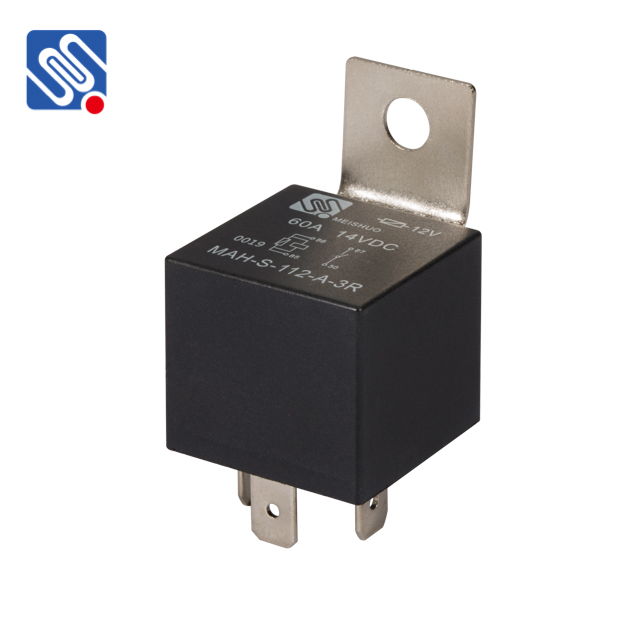the essential guide to relay 12v: understanding its function and applications
Release time:2025-10-28 01:15:09
Relay 12V is a critical component used in various electronic and electrical systems, particularly when it comes to controlling higher voltage or current with a low-voltage input. These devices play an integral role in both industrial automation and consumer electronics, making them indispensable in everyday applications. In this article, we will explore the working principles, types, and applications of the 12V relay, shedding light on its importance and versatility in modern technology.

What is a Relay 12V?
At its core, a 12V relay is an electrically operated switch that is activated by a low-voltage signal (in this case, 12 volts). It consists of an electromagnetic coil that, when energized, creates a magnetic field capable of moving mechanical contacts. This switching action allows the relay to control higher voltage circuits, typically ranging from 24V to several hundred volts, without the need for direct human intervention.
Relays are designed with either normally open (NO) or normally closed (NC) contacts, depending on the application. The NO contacts remain open until the relay is energized, whereas the NC contacts are closed by default and open when the relay is activated.

